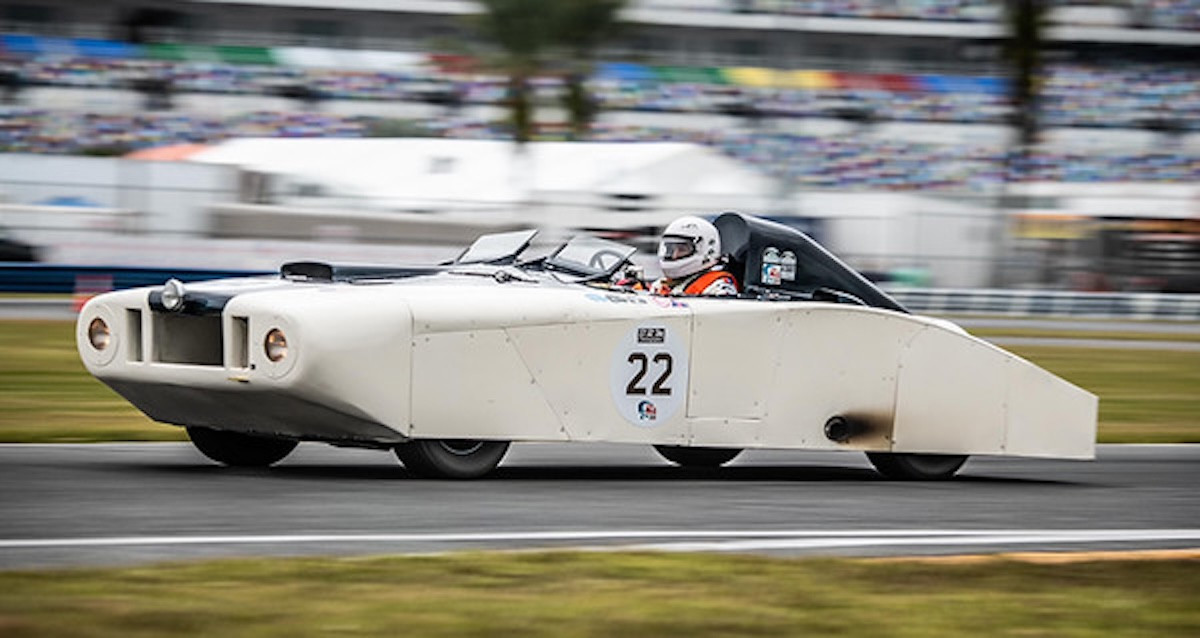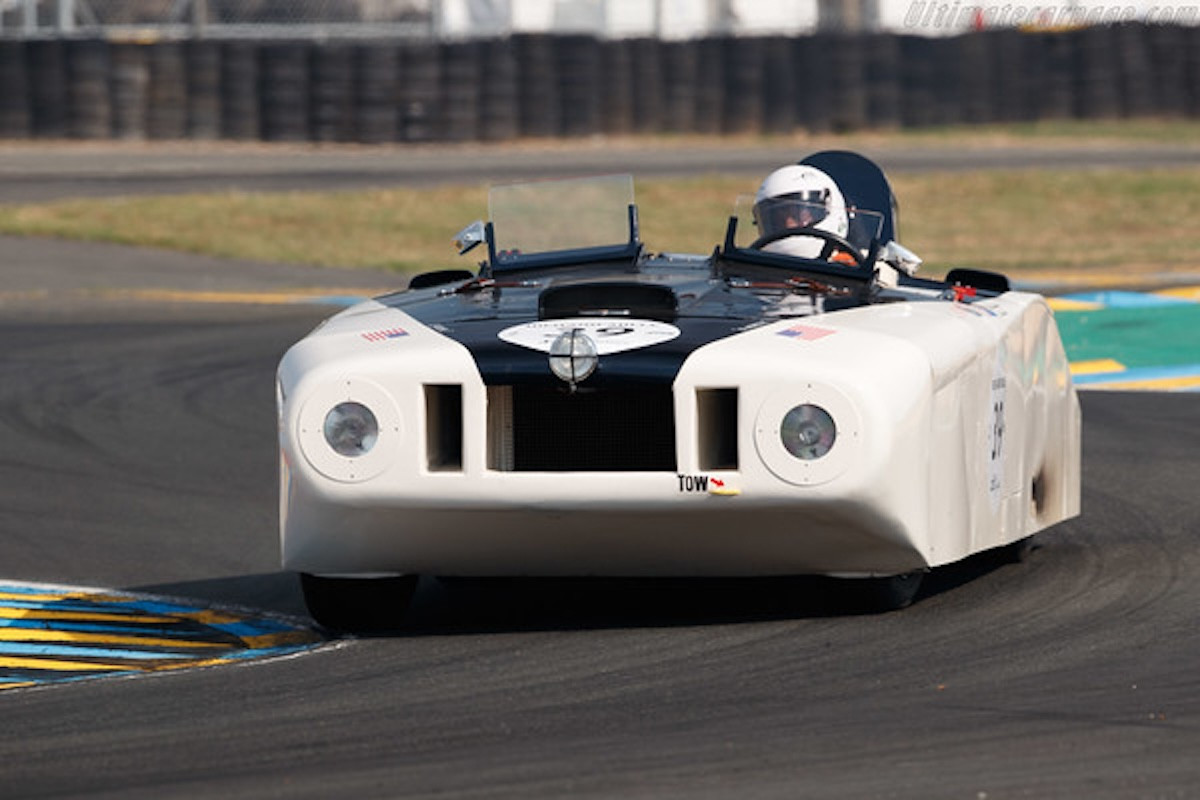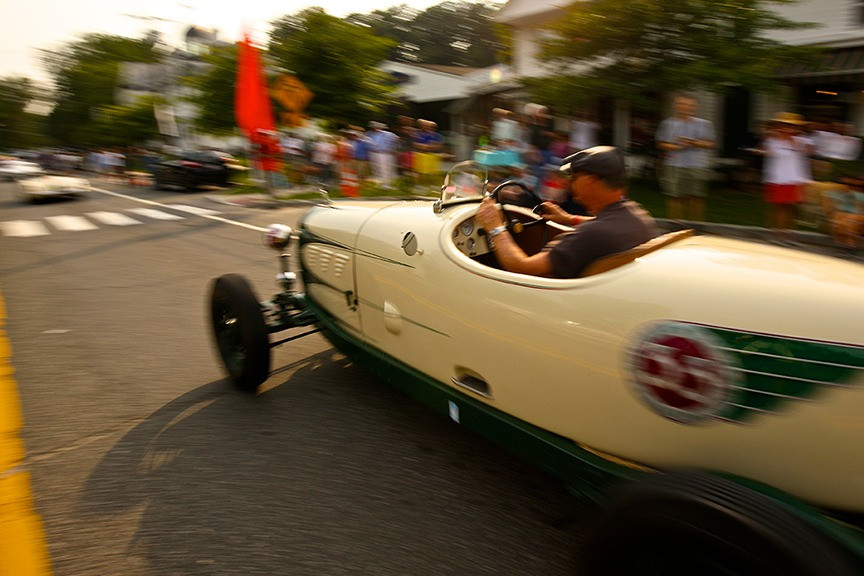Historic Festival at Lime Rock Park Resurrects Le Monstre
The 43rd festival is a showcase of automotive memory like none other.

The 43rd festival is a showcase of automotive memory like none other.

Once again this Labor Day weekend, at the Lime Rock Park Historic Festival, the Litchfield County foothills will rumble with the engines of old sleek Ferraris, refined Triumphs, and the more rudimentary machines that came before.
Among them will be a replica of the locally built Le Monstre—the bulbous, slab-sided Cadillac coupe that shocked the racing world at Le Mans in 1950 when it finished well in the 24-hour race. Its replica, painstakingly fabricated in England, captures the spirit of the festival. The event isn’t just about the love of racing but the history of a beautiful, dangerous, gritty, romantic art form.
Running August 28 through September 1, the festival, now in its 43rd year, has become a pilgrimage for drivers, collectors, and fans looking to see automotive history on display and on the track. Cars roar and rattle, often piloted by the same racers who once defined motorsport’s golden ages. For Skip Barber, Lime Rock’s Historic Festival chairman, that continuity is what makes the weekend special. “The Historic Festival has been the heart and soul of Lime Rock Park for more than four decades,” Barber says. “From the on-track battles to the beauty of Sunday’s doncours, this year will be one of our most memorable festivals yet.”

Photo courtesy of Lime Rock.
Few cars capture the festival’s story like Le Monstre. In 1950, American sportsman Briggs Cunningham arrived at Le Mans with two Cadillacs. One was a nearly stock Coupe de Ville, the other an outlandish aluminum-bodied creation designed for aerodynamics rather than elegance. French reporters gave the car its beastly moniker, thinking it looked more like a science experiment than a race car. Cunningham and his crew proved its worth however, with a 35th-place finish in a race that tests the endurance of both man and machine.
The replica at Lime Rock is the work of English enthusiast Derek Drinkwater, who built it in just five months. “Day and night with not much sleep,” he says and laughs, recalling the effort. The car has already appeared at events like Goodwood and Le Mans Classic, but its presence at Lime Rock feels especially poignant. Cunningham’s racing empire was based just a few miles away in Westport, Connecticut. “Racing at Lime Rock, in the area where the original was ‘born,’ is an absolute thrill,” Drinkwater says.

The Ragtime Racers. Photo courtesy of Lime Rock.
If Cunningham’s Cadillac embodies mid-century bravado, another group on the schedule takes spectators further back, to the very dawn of motorsport. Making their Lime Rock debut, the Ragtime Racers are a traveling troupe dedicated to pre-1920 race cars. The vaudevillian vehicles include machines with spindly wheels, brass fittings, and exposed mechanics. Their traveling garage is a living set piece filled with canvas tents, vintage tools, and drivers dressed in period garb. They not only race but perform, reviving an era when innovation was improvised and dangerous.
Every Labor Day, Lime Rock becomes a gallery of eras represented by cars and competitors dedicated to their historic moments.
The Del Monte Trophy Racers are stewards of the elegance of the 1950s Pebble Beach road races, bringing Ferraris, Maseratis, and Jaguars that represent early postwar racing. The Toyo Tires Historic World Challenge reunites championship GT and Touring Cars from the late-20th century. Names like Acura and Porsche still carry weight today, but here the cars are preserved in their original spec, battle scars and all. And, the Kastner Cup, named after Triumph engineer Kas Kastner, is a race that celebrates British sports cars that once filled club racing lineups across the US.
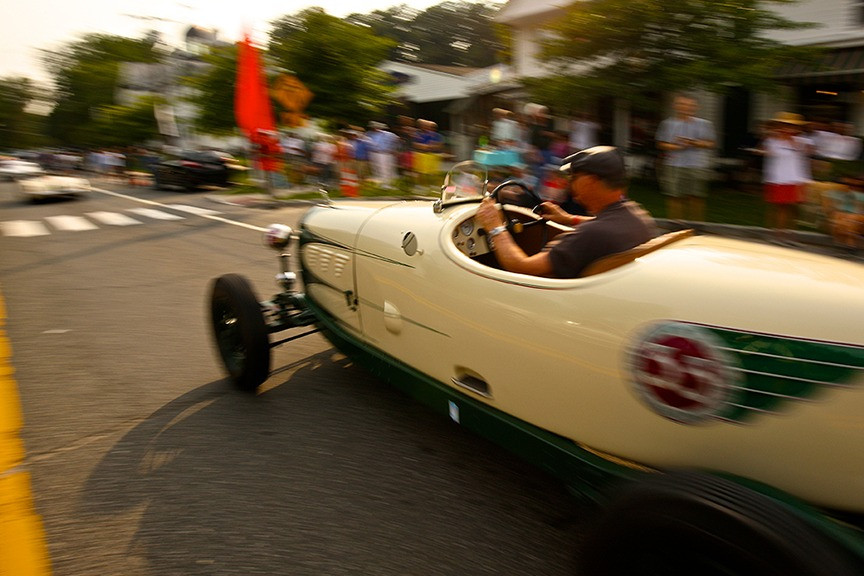
Photo courtesy of Lime Rock.
Off the track, Sunday’s Concours d’Elegance and Gathering of the Marques offers a different kind of spectacle. Nearly 1,000 collector cars and motorcycles will line the circuit in a parade of design and engineering, featuring Ferrari V-12 GTs, Stutz classics, Giugiaro designs, and the 120th anniversary of Rolls-Royce, alongside Triumph’s competition and road-going models. The juxtaposition of showpiece elegance with the grit of track racing is what makes Lime Rock’s Sunday in the Park distinctive.
Lime Rock Park itself plays a starring role in these stories. Since its founding in 1957, the track has been a cradle of American road racing. Legends like Paul Newman, Sam Posey, and John Fitch all raced here. The festival began in the early 1980s, modeled after Europe’s great vintage gatherings. Over four decades, it has grown into one of the most significant historic racing events in North America, drawing competitors and collectors from across the globe. What distinguishes it is scale: Where other festivals might highlight one era or discipline, Lime Rock casts a wide net, allowing spectators to experience a century of automotive evolution in a single weekend.
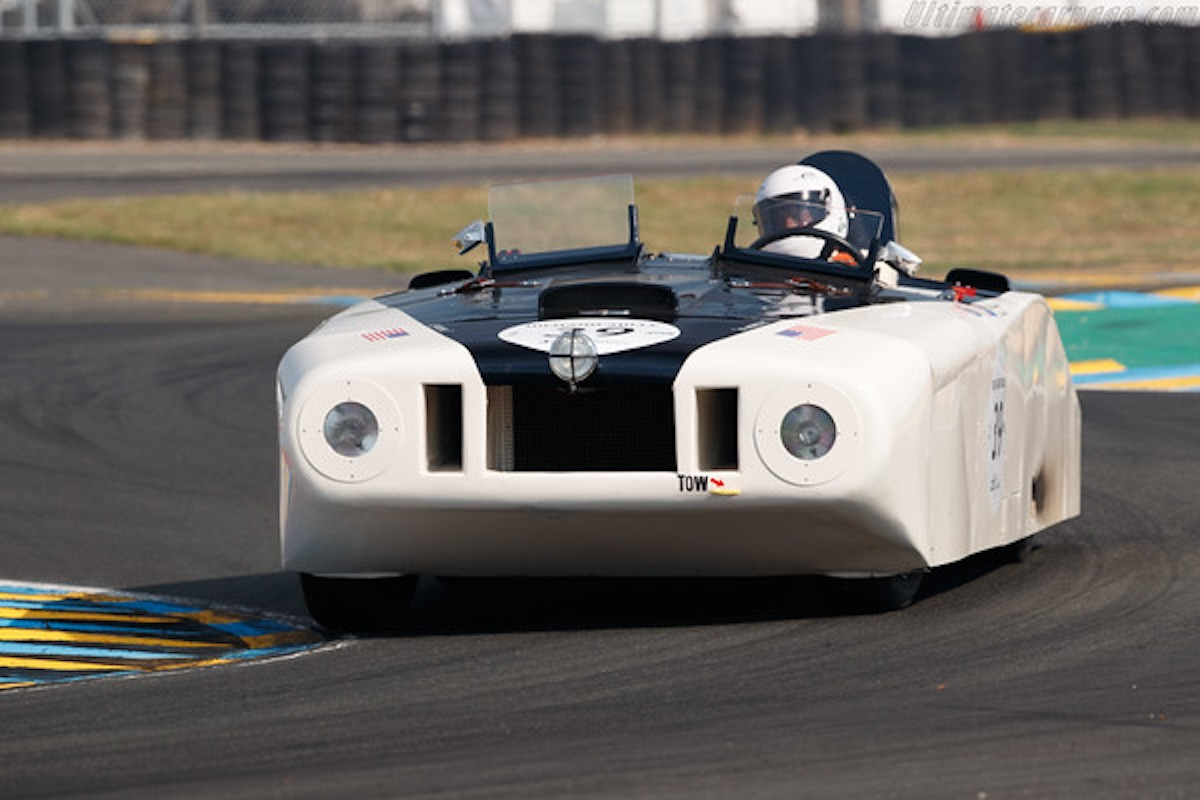
Photo courtesy of Lime Rock.
The festivities begin Thursday with a 17-mile parade of vintage cars through nearby towns, ending in Falls Village for a street fair. Friday offers practice and qualifying, capped with the Competitor Dinner—this year featuring Formula One broadcaster and former racer David Hobbs as the guest of honor. Saturday and Monday are full race days, with nine classes competing. And Sunday remains reserved for the Concours, a quieter celebration of automotive design.
At Lime Rock cars like Le Monstre are not meant to sit behind ropes; they are meant to be driven. The Ragtime Racers aren’t demonstrating antiques; they’re reviving a forgotten way of life. The result is a kind of time travel. Spectators are not just looking back, they are stepping inside history’s slipstream.
